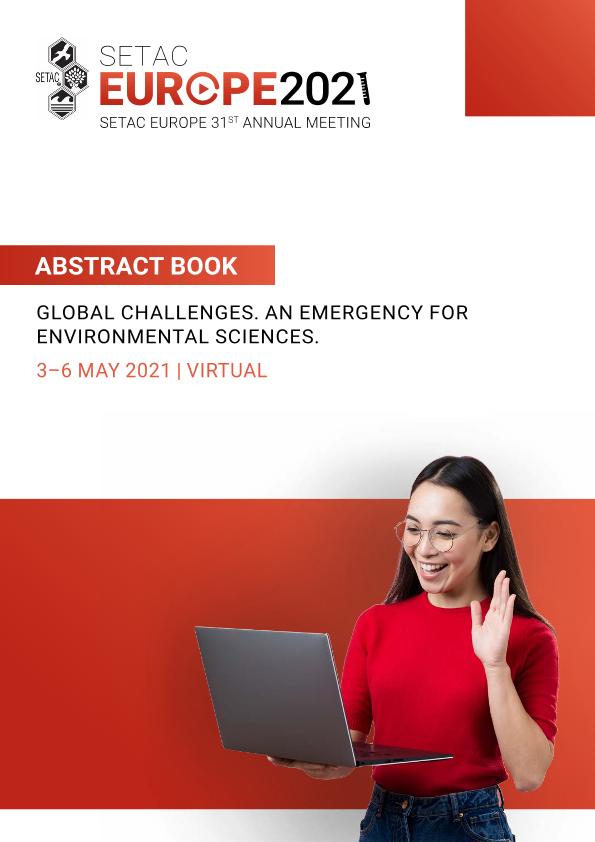Evento
Persistent organic pollutants in feathers of the Greater rhea (Rhea americana), a near-threatened flightless bird of the Pampas grasslands
Tipo del evento:
Encuentro
Nombre del evento:
SETAC Europe 31 st Annual Meeting
Fecha del evento:
03/05/2021
Institución Organizadora:
Society of Environmental Toxicology and Chemistry Europe;
Título de la revista:
SETAC Europe 31st Annual Meeting Abstract Book
Editorial:
Society of Environmental Toxicology and Chemistry Europe
ISSN:
2309-8031
e-ISSN:
2310-3043
Idioma:
Inglés
Clasificación temática:
Resumen
Persistent Organic Pollutants (POPs) are still globally distributed and can exert different effects on ecosystems. Little is known about the occurrence of these contaminants in terrestrial birds from South America. In this study, POPs were assessed for the first time in a flightless herbivorous species from the Pampas grasslands, the Greater rhea (Rhea americana). Concentrations of polychlorinated biphenyls (PCBs), polybrominated diphenyl ethers (PBDEs) and organochlorine pesticides (OCPs), were determined in 18 samples of feathers from free-ranging and captive individuals inhabiting four sites with different land use in central Argentina. Among the 16 POPs tested in those feathers, 6 PCBs (28, 52, 101, 138, 153 and 180) and 8 OCPs (α-HCH, β-HCH, γ-HCH, p,p´-DDE, p,p´-DDD, o,p´-DDT, p,p´-DDT and HCB) were quantified. No PBDEs were detected. Total concentration of POPs was higher in populations living in an intensive crop production area (Agriculture: 159 ng.g-1 and Farm: 97.53 ng.g-1) compared to the population in an urban area (Zoo: 45.86 ng/g) and an agroecosystem with extensive rearing of livestock (Cattle rearing: 36.77 ng.g-1). PCBs were the most abundant pollutants in all the populations studied. Lower chlorinated CB 52 and CB 101 were the principal PCB congeners detected, representing at least 70% of the total quantified. All populations studied showed a DDE + DDD / DDT ratio > 1, indicating a historical application of this insecticide. This study provides a new contribution to the scarce data on POP concentrations in South American bird species. Further investigations are needed to evaluate their potential effects on the health individuals and populations.
Palabras clave:
POPs
,
South America
,
Ratite
,
Feathers
Archivos asociados
Licencia
Identificadores
Colecciones
Eventos(IDEA)
Eventos de INSTITUTO DE DIVERSIDAD Y ECOLOGIA ANIMAL
Eventos de INSTITUTO DE DIVERSIDAD Y ECOLOGIA ANIMAL
Citación
Persistent organic pollutants in feathers of the Greater rhea (Rhea americana), a near-threatened flightless bird of the Pampas grasslands; SETAC Europe 31 st Annual Meeting; Sevilla; España; 2021; 164-165
Compartir




